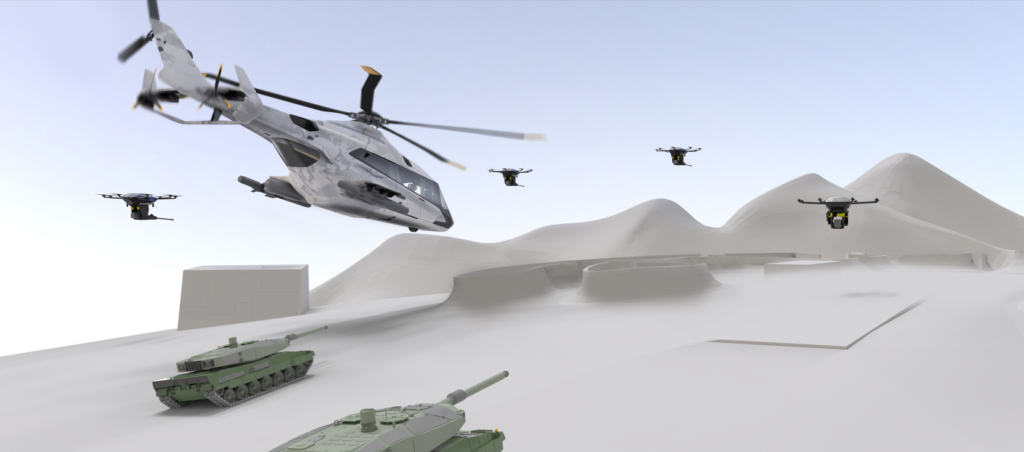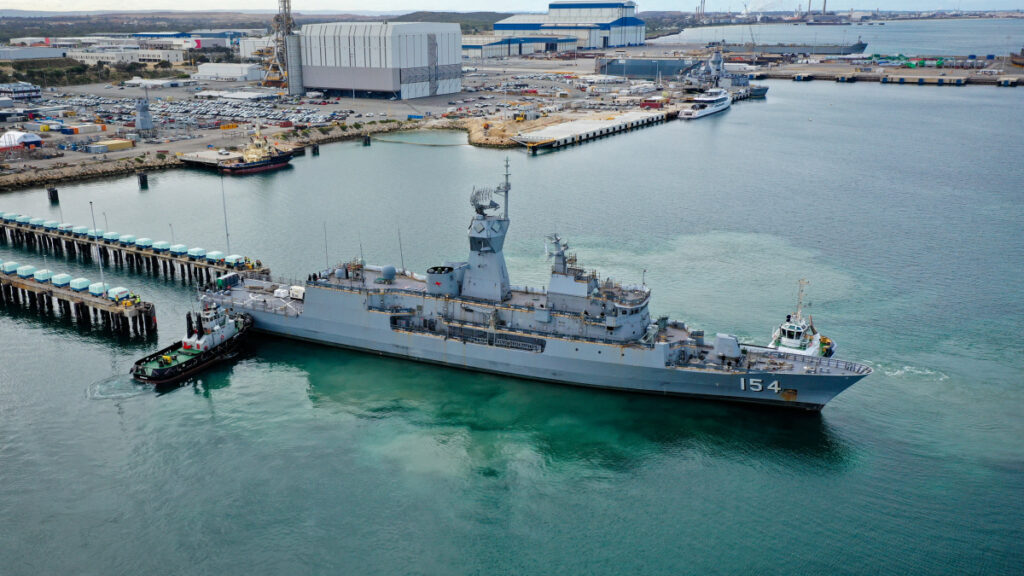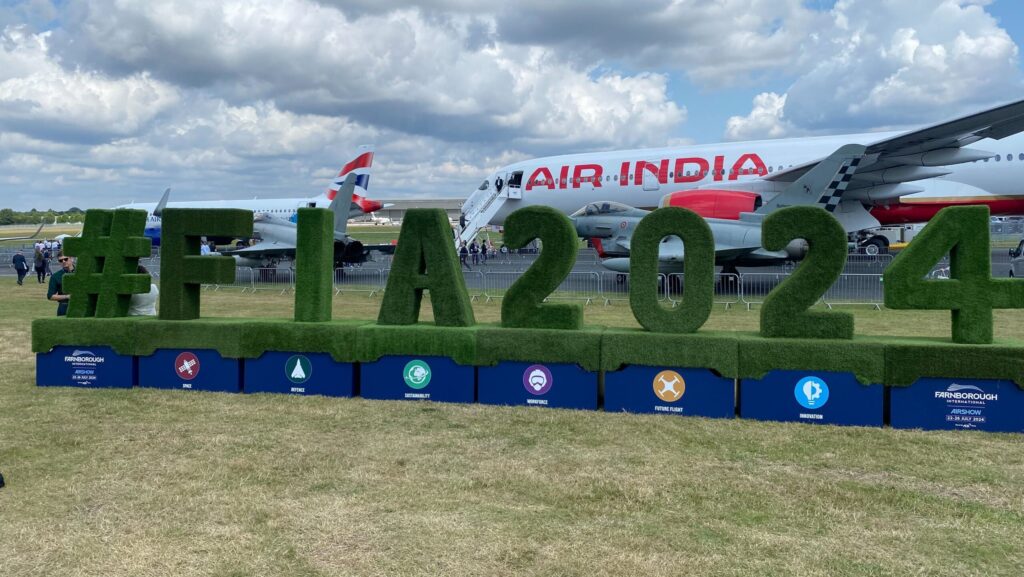Secretary of the Air Force Frank Kendall speaks with students and guests during the Senior Leader Orientation Course at Joint Base Andrews, Md., Nov. 13, 2023. (U.S. Air Force photo by Eric Dietrich)
WASHINGTON — Defense startup Anduril and drone maker General Atomics Aeronautical Systems (GA-ASI) have been picked by the Air Force to build and test drone prototypes for the next phase of the service’s Collaborative Combat Aircraft program, the Air Force announced tonight.
The Air Force’s decision winnows down a pool of five competitors to two. As a result, three other vendors — Boeing, Lockheed Martin and Northrop Grumman — have been eliminated from the running.
As Breaking Defense first reported, the five contractors were previously picked by the Air Force for the program’s first phase, which largely focused on design work. Today’s selection narrows down the vendors who will take their designs from the drawing board to the real world. As Air Force acquisition chief Andrew Hunter recently told lawmakers in a congressional hearing, the upcoming CCA stage will see those vendors “complete detailed designs, build prototypes and test production-representative test articles.”
Unveiled by the service as a major multibillion dollar program in the fiscal year 2024 budget, the CCA effort aims to initially field as many as 1,000 drones that Air Force Secretary Frank Kendall would like to see in production by FY28. Early work under the CCA umbrella program, particularly an initiative to convert F-16s into autonomous testbeds, was hampered by a prolonged continuing resolution that finally ended last month.
RELATED: In a ‘world first,’ DARPA project demonstrates AI dogfighting in a real jet
At the Air & Space Forces Association Warfare Symposium in February, Kendall revealed that the CCA competition underway right now would be the program’s first “increment,” with a second to follow in the FY25 budget. That second increment would provide vendors eliminated today, as well as new ones, another shot at a CCA contract. International collaboration could also feature in the second increment, Kendall said.
During the February roundtable, Kendall further announced that the Air Force would move to downselect for production from the batch of contractors picked today “in a couple years,” noting the “possibility” that more than one vendor could see their drone bid enter service. He also floated the chance of carrying up to three vendors through the preceding test phase if industry helped share some of the cost.
With only two vendors making the cut today, it’s unclear if that idea bore any fruit. Asked recently whether industry was convinced to pick up some of the tab, Hunter told reporters that “cost sharing is not core to our approach on CCA.”
What Companies Pitched, And What Comes Next
It’s currently unclear what exactly each company pitched for the CCA program. GA-ASI has stated that the company’s Gambit drone family would be its entry, while Anduril’s acquisition last year of autonomous aircraft vendor Blue Force appeared to position the Fury drone to be Anduril’s bid, although the company never officially confirmed that.
Defense mainstays Boeing, Lockheed and Northrop have also not confirmed what candidates they put forward.
A second parallel effort under CCA is also known to be working on the drones’ autonomous software, though it’s unclear what companies are involved. Hunter said last year the service already had 20 to 30 vendors working on that element of CCA work, and more recently said in February that the autonomy piece would continue independent of progress on the hardware side.



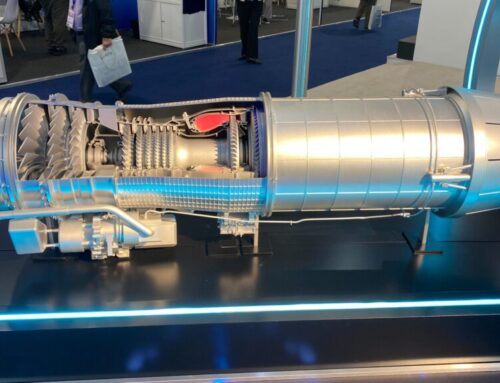
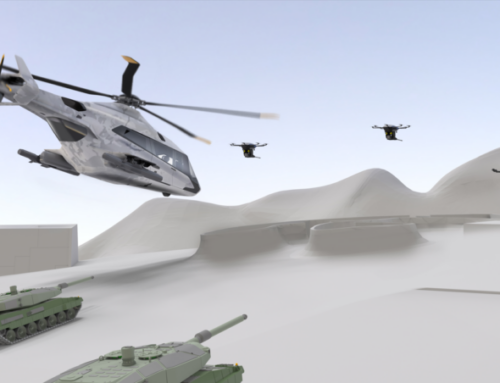
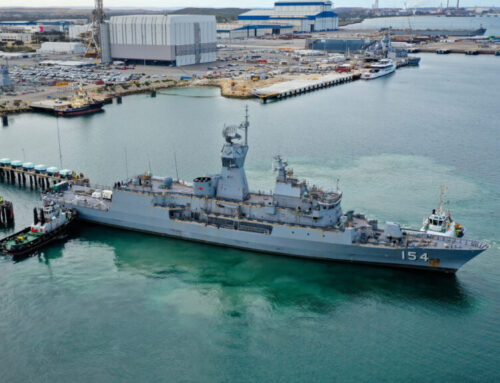
![The sights from the 2024 Farnborough Airshow [PHOTOS]](https://centurionpartnersgroup.com/wp-content/uploads/2024/07/IMG_8722-scaled-e1721930652747-1024x577-hZjwVb-500x383.jpeg)

